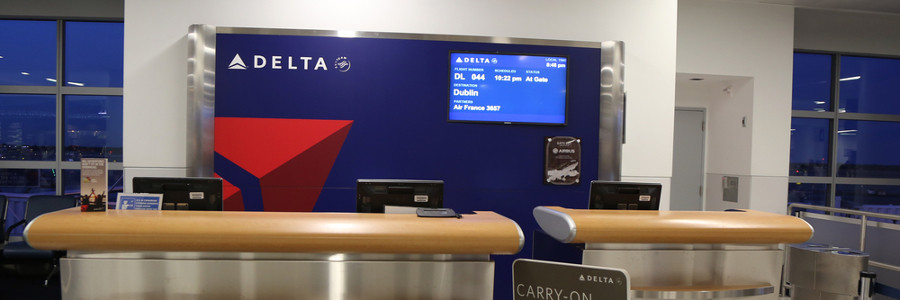Over the previous months, you’ve probably heard about new and disruptive trends like virtual assistants, smartphones, and automation technologies. Some of these IT solutions may even be placed on top of your business priority list. However, with floods, fires, and power outages just around the corner, disaster recovery and business continuity plans should always have a place on your annual budget.
Don’t dismiss disaster recovery for 2017
What can we learn from Delta’s IT outage?
Pitfalls of business continuity planning
How Virtualization helps with DR
Outdated DR myths worth ousting

We are no longer in the dark ages of Disaster Recovery. With the onset of cloud computing, DR has become more efficient and affordable than ever. Despite this fact, many business owners still cling to their medieval DR mindsets and myths that belong in debates among king Arthur and his knights of the round table.
Should you virtualize your business?

Upgrading your hardware is an incredibly long, arduous and costly process. Fortunately, virtualization has become a popular, affordable and flexible solution to upgrade your network. However, before you start investing in virtualized systems, it’s important to consider the benefits and costs that come with this solution.
It’s Time To Disaster-Proof Your Business

When and if disaster strikes, is your business going to continue to operate and cater to customers despite a possible long-term hardware failure or a network disruption? If you answer no or are not even sure what to do, you are part of a majority of business owners who have not considered disaster preparedness and the crucial role it plays in business survival.
A guide to interruption insurance

You are protecting your small or medium-sized business with insurance - of course you are. But is that really enough? The recent increase in natural disasters has led savvy business owners to also take out business interruption insurance, which covers many additional scenarios in the event that you are unable to carry on operating.




